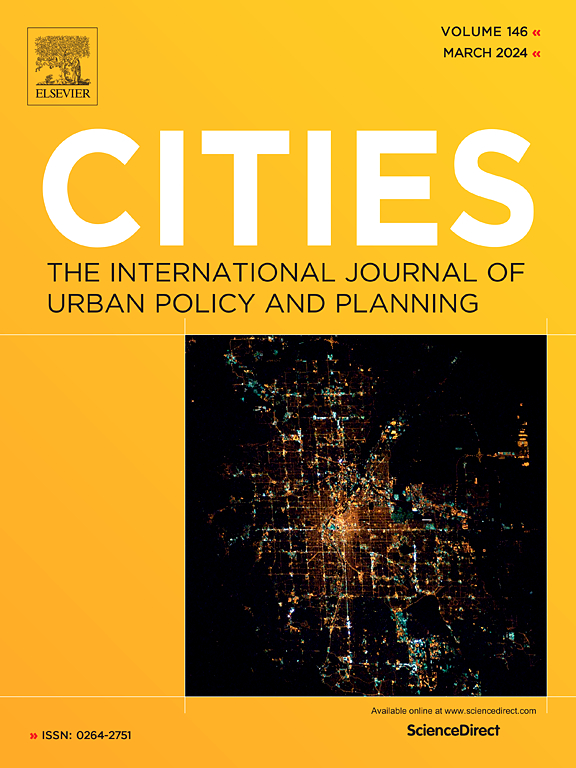交叉视角:从监控社会和安全国家框架看城市空间的视频监控
IF 6
1区 经济学
Q1 URBAN STUDIES
引用次数: 0
摘要
目前的文献中,有两种主要方法可用于理解现代社会中以技术为基础的监控:监控社会和安全国家,分别在监控研究和安全研究领域中发展。这些观点对城市空间中视频监控的实施提供了不同的解释,而且很少进行对话。本文探讨了这两种方法的应用是否有助于理解闭路电视(CCTV)部署背后的原因,如立法所构建的和参与解决城市不安全问题的人员所感知的那样。研究重点是布达佩斯和米兰这两座欧洲城市,它们被选为最不同的案例,但却共同面临城市不安全问题。监控社会的方法为分析法律文件提供了一个有利的角度,突出了该技术作为多用途工具的积极作用、其在提供安全方面的象征性作用以及当局在提供安全方面的核心作用。相比之下,访谈数据表明,这两种方法都有助于理解围绕城市空间中闭路电视的实施而存在的社会建构。虽然每种方法的理论方面在不同背景下都是相同的,但其在这些城市中的细微表现却受到历史、社会经济和政治背景差异的影响。本文章由计算机程序翻译,如有差异,请以英文原文为准。
Intersecting perspectives: Video surveillance in urban spaces through surveillance society and security state frameworks
The current body of literature allows discerning two predominant approaches for comprehending technology-based surveillance in modern societies: surveillance society and security state, developing within the domains of surveillance studies and security studies, respectively. These perspectives offer diverging explanations for the implementation of video surveillance in urban spaces and rarely engage in dialogue. This paper explores whether applying both approaches might be beneficial for understanding the reasons behind the deployment of Closed-Circuit Television (CCTV), as constructed in the legislation and perceived by those involved in tackling urban insecurity. The study focuses on two European cities, Budapest and Milan, selected as the most diverse cases, but sharing the problem of urban insecurity. The surveillance society approach offers a vantage point for the analysis of the legal documents, highlighting the positive construction of the technology as a multi-purpose tool, its symbolic role in security provision, and the central role of authorities in security provision. In contrast, the interview data indicates that both approaches might contribute to understanding social constructs existing around the implementation of CCTV in urban spaces. Although theoretical aspects within each approach are shared across contexts, the nuances of their manifestations in these cities are influenced by variations in historical, socio-economic, and political contexts.
求助全文
通过发布文献求助,成功后即可免费获取论文全文。
去求助
来源期刊

Cities
URBAN STUDIES-
CiteScore
11.20
自引率
9.00%
发文量
517
期刊介绍:
Cities offers a comprehensive range of articles on all aspects of urban policy. It provides an international and interdisciplinary platform for the exchange of ideas and information between urban planners and policy makers from national and local government, non-government organizations, academia and consultancy. The primary aims of the journal are to analyse and assess past and present urban development and management as a reflection of effective, ineffective and non-existent planning policies; and the promotion of the implementation of appropriate urban policies in both the developed and the developing world.
 求助内容:
求助内容: 应助结果提醒方式:
应助结果提醒方式:


